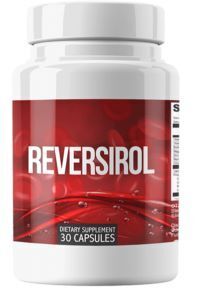BOGOTÁ, Colombia, Dec. 24, 2020 (GLOBE NEWSWIRE) -- Medcolcanna Organics Inc. (“Medcolcanna”, “MCCN” or the “Company”) (NEO: MCCN), a leading Colombian and globally integrated cannabis company, is pleased to announce that it has closed on the second and final tranche of its previously announced offering of convertible debentures as per the press release dated August 28, 2020, raising gross aggregate proceeds of $0.25 million, bringing the total amount raised pursuant to this offering to $1.25 million, being the full amount previously disclosed. The offering consists of convertible secured debentures (the “Debentures”). The Debentures are convertible into common shares in the capital of the Company (“Common Shares”) on the following terms: the Debentures are issuable in $1,000 increments and are convertible into Common Shares at a price of $0.20 per share (meaning 5,000 shares may be issued on the conversion of each Debenture) and will have a term of two (2) years from the date of issuance, with interest payable twice yearly of fourteen percent (14%) per annum (simple not compounded), payable in cash or shares. The Debentures will be subject to earlier redemption by the Company in the event the Common Shares are trading on the facilities of the Neo Exchange Inc. (or such other stock exchange on which the Common Shares may then be trading) at a volume weighted average trading price at or above $0.40 per share for a period of not less than ten (10) consecutive trading days.
Follow this link:
Medcolcanna Organics Inc. Announces Closing of Upsized Convertible Debenture Financing


